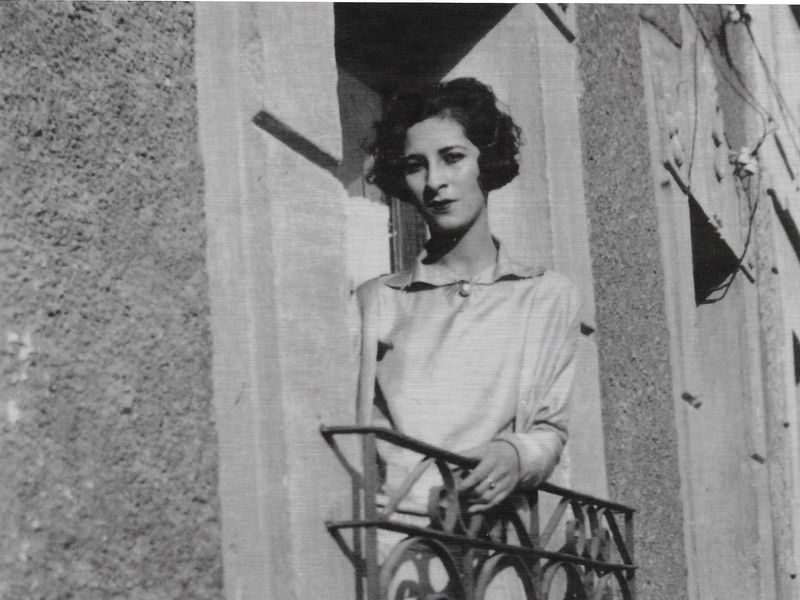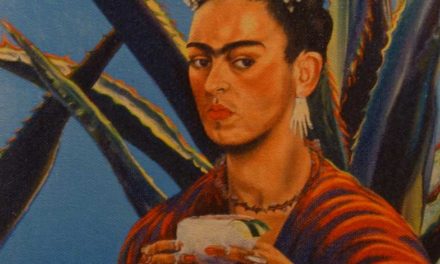The cover features a snapshot of social activist, Luisa Moreno from the 1940’s section of the Great Wall of Los Angeles. It is one of Los Angeles’ true cultural landmarks and one of the country’s most respected and largest monuments to inter-racial harmony. It is Venice California’s Social and Public Art Resource Center’s first public art project and its true signature piece. The Great Wall is a landmark pictorial representation of the history of ethnic peoples of California from prehistoric times to the 1950s, conceived by SPARC’s artistic director and founder Judy Baca.
Begun in 1974 and completed over five summers, the Great Wall employed over 400 youth and their families from diverse social and economic backgrounds working with artists, oral historians, ethnologists, scholars, and hundreds of community members.
Its half-mile length (2,754 ft) in the Tujunga Flood Control Channel of the San Fernando Valley with accompanying park and bike trail hosts thousands of visitors every year, providing a vibrant and lasting tribute to the working people of California who have truly shaped its history.
Moreno was a leader in the United States labor movement and a social activist. She unionized workers, led strikes, wrote pamphlets in English and Spanish, and convened the 1939 Congreso de Pueblos de Habla Española, the “first national Latino civil rights assembly”, before returning to Guatemala in 1950.
In 1935, Moreno was hired by the American Federation of Labor (AFL) as a professional organizer.
She later joined the Congress of Industrial Organizations (CIO) and became a representative of the United Cannery, Agricultural, Packing, and Allied Workers of America (UCAPAWA), becoming the editor of its Spanish-language newspaper in 1940.
As UCAPAWA representative, she helped organize workers at pecan-shelling plants in San Antonio and cannery workers in Los Angeles. There, she encouraged alliances between workers at different plants. Her leadership was of the type that empowered other workers, especially women, and she strongly encouraged women to take leadership roles in union organizations.
The Great Wall of Los Angeles 1976 – Present










